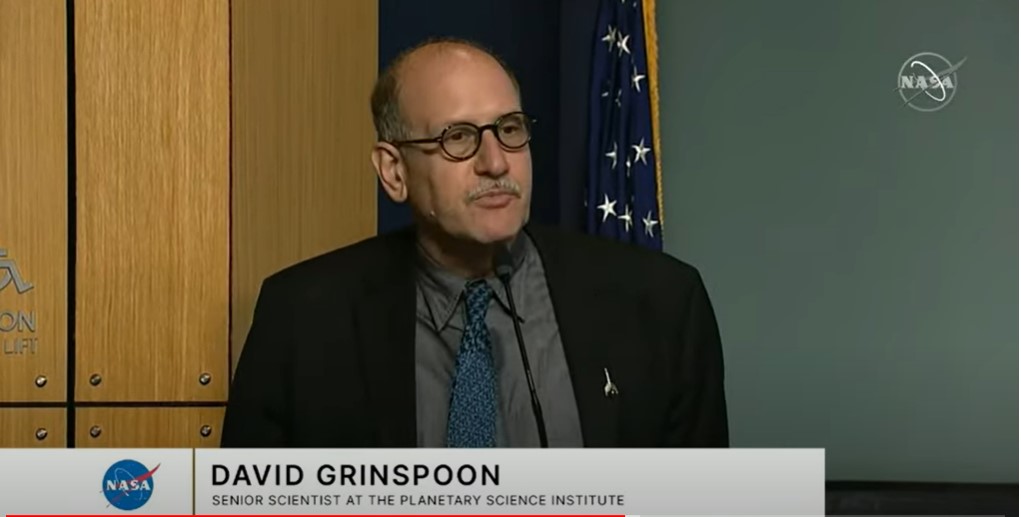NASA held its first public meeting on UFOs less than a week ago, a year after launching a study into unexplained sightings. The livestreamed meeting, lasting four hours, was held at NASA headquarters in Washington with the public taking part remotely. There were hundreds of questions from curious or concerned citizens.
The conclusion of their study couldn’t have been more succinct. David Grinspoon Senior Scientist at the Planetary Science Institute stated at the meeting: “We haven’t found life beyond Earth yet, let’s be clear about this, we haven’t found it. But we’re looking. And we’re looking for it in lots of different ways.”
The space agency televised the four-hour hearing featuring an independent panel of experts who vowed to be transparent. The team includes 16 scientists and other experts selected by NASA including retired astronaut Scott Kelly, the first American to spend nearly a year in space.
“I want to emphasize this loud and proud: There is absolutely no convincing evidence for extraterrestrial life associated with” unidentified objects, Evans added after the meeting.
Despite such a categorical denial the hundreds who submitted their questions ahead of time were skeptical and veered into conspiracy theories.
Just a few days ago, Air Force veteran David Grusch claimed on NewsNation that the U.S. had discovered and hidden many objects of “non-human origin” and that a top-secret military program had found the wreckage of completely intact UFOs, also known as “unidentified aerial phenomena” (UAPs).
He maintains that the federal administration has been deceiving the American public in order to conceal the existence of these craft, part of “a sophisticated disinformation campaign” which he called “extremely unethical and immoral”.
A large swath of the public, whether they have any real knowledge of the subject or not, agrees with him.
Former Navy fighter pilot Scott Kelly explained that optical illusions can explain some of the sightings of UAPs. He recalled a Tomcat flight off Virginia Beach years ago during which his radar intercept officer in the back seat was convinced they’d flown past a UFO.
“It turns out it was Bart Simpson, a balloon,” Kelly said. “And in my experience, the sensors kind of have the same issues as the people’s eyeballs.”
Evans pointed out that the livestream of the NASA meeting led to considerable trolling. That comes on top of “online abuse” directed toward several committee members.
People seem to have very strong convictions on the subject of UFOs, both ways. Those who believe they exist cannot be unconvinced, and those that don’t believe refuse to even consider being wrong. Harassment detracts from the scientific process and reinforces the stigma surrounding the topic, said Evans, adding that NASA security is dealing with it.

“It’s precisely this rigorous, evidence-based approach that allows one to separate the fact from fiction,” he said.
The group is looking at what unclassified information is available on the subject and how much more is needed to understand what’s going on in the sky, according to astrophysicist David Spergel, the committee’s chair who runs the Simons Foundation.
No secret military data are included, such as anything surrounding the suspected spy balloons from China spotted flying over the U.S. earlier this year.
A final report is expected by the end of July but anyone who watched the proceedings from this meeting will know exactly what to expect.












